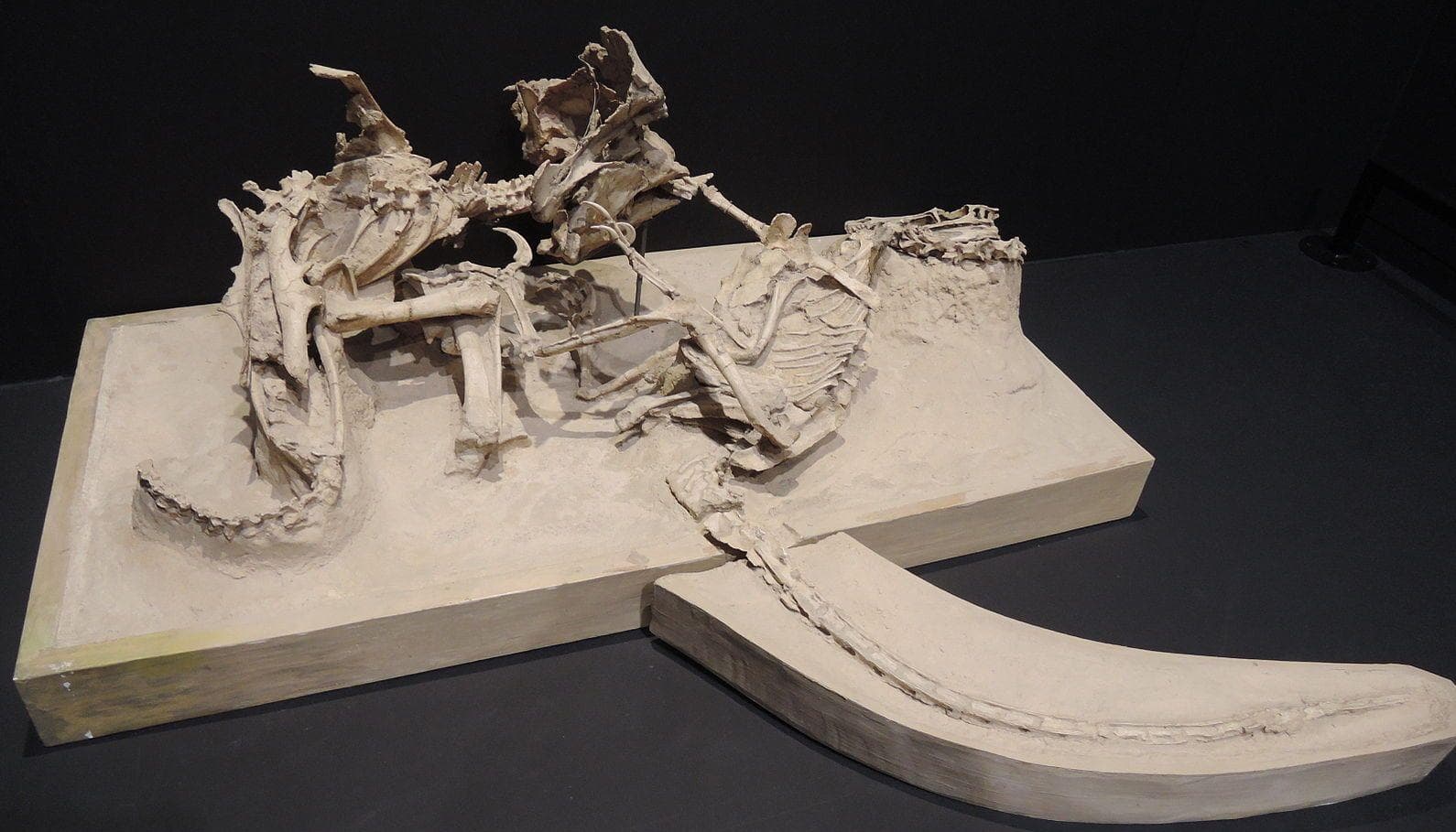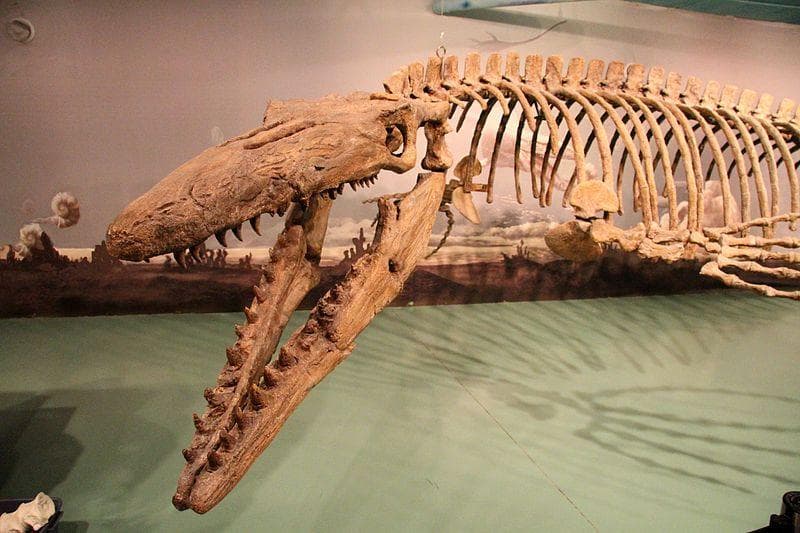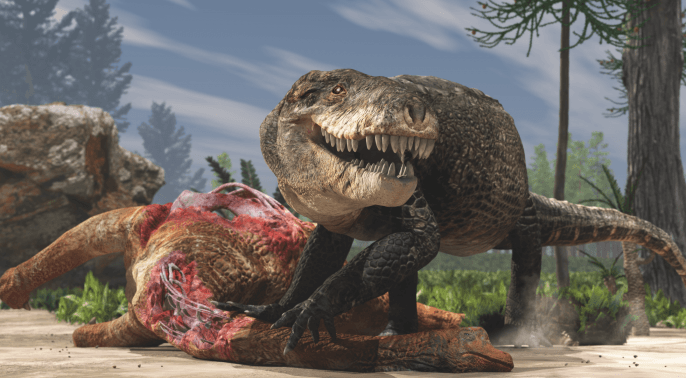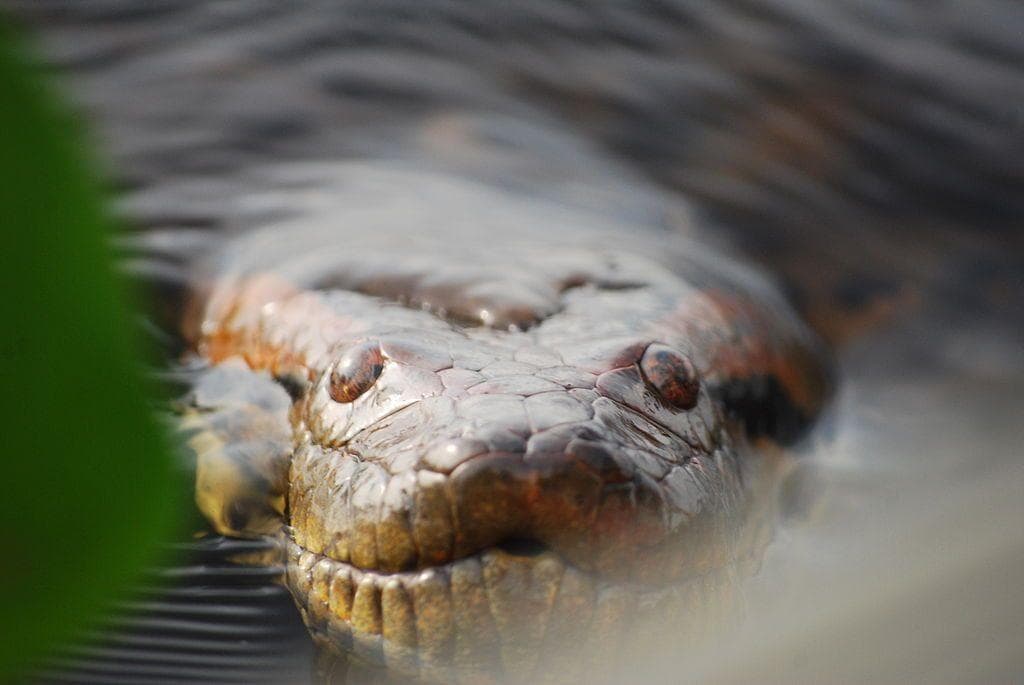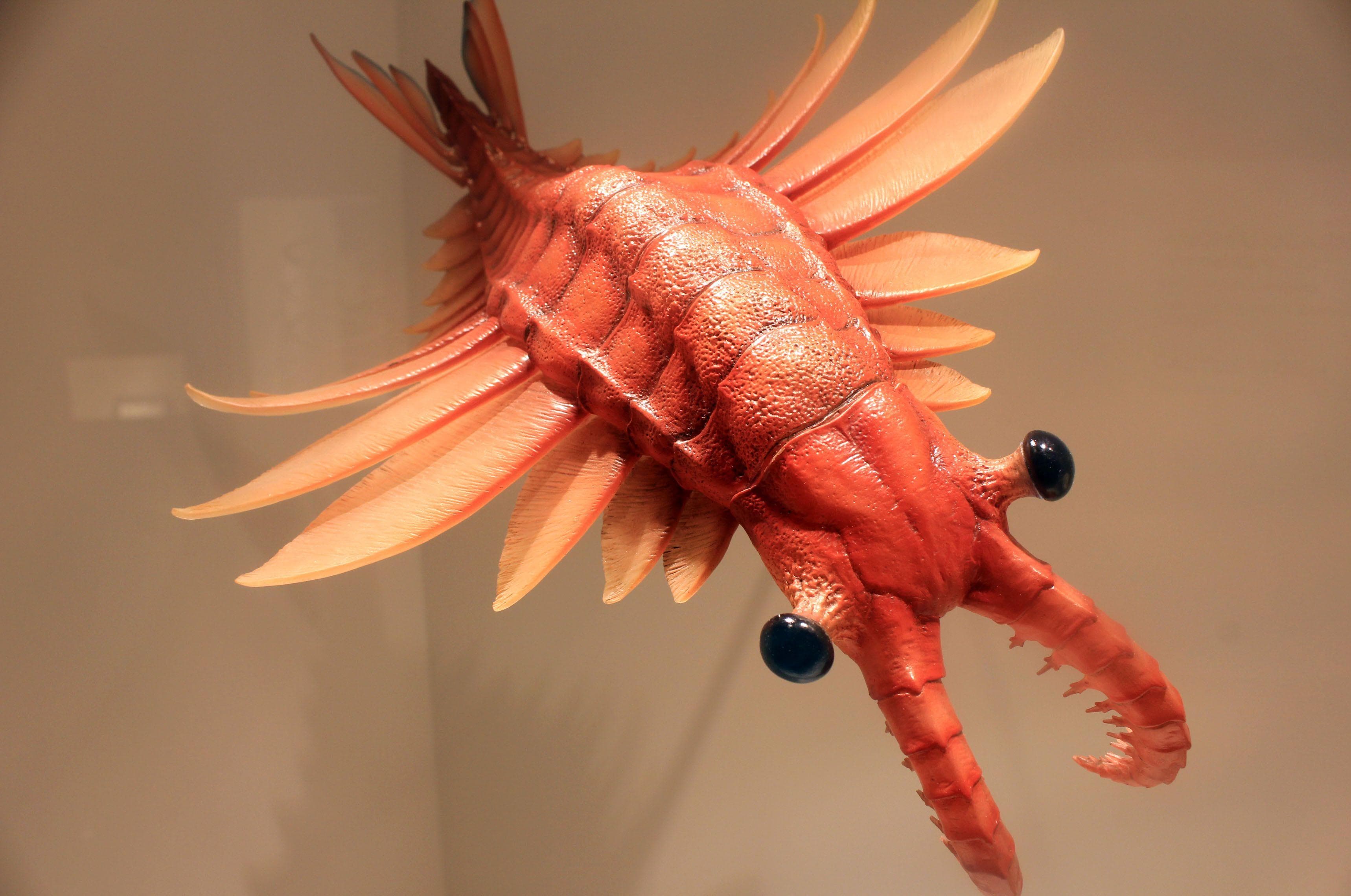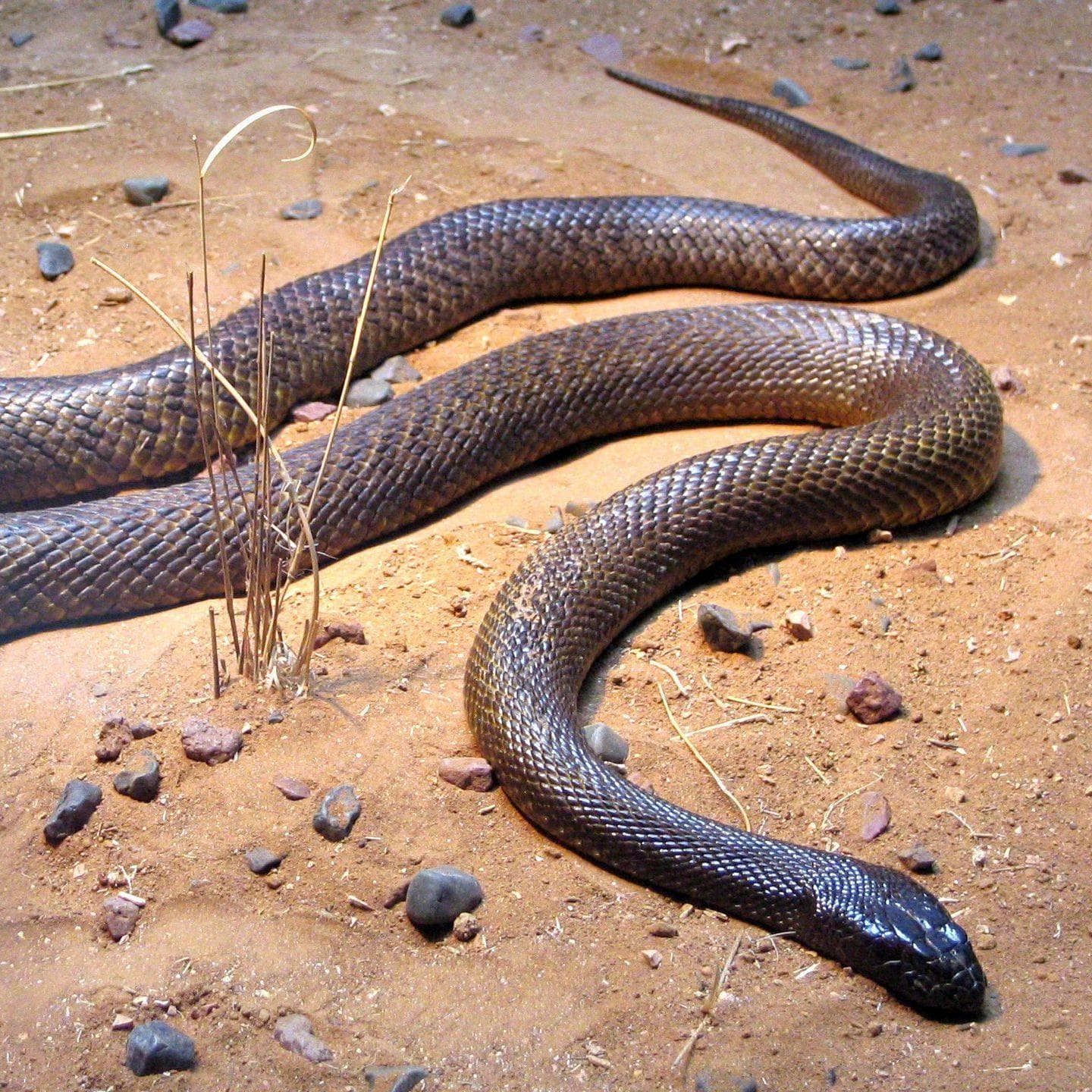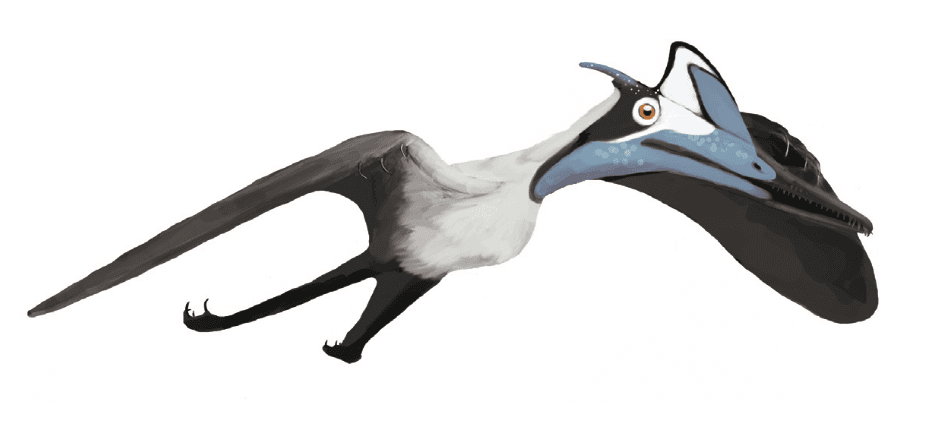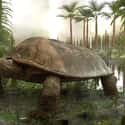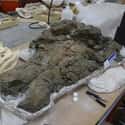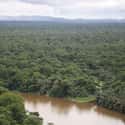-
(#5) The Prehistoric Snake Was As Long As A School Bus
Titanoboa wasn't just the largest snake in history - it ranks as one of the largest animals ever. The snake grew up to 49 feet, making it as long as a school bus. Titanoboa weighed as much as 2,500 pounds or the size of a small rhino.
The sheer size of Titanoboa provided valuable information for scientists. As a cold-blooded reptile, Titanoboa must have lived in a very warm climate to support its size. Researchers estimated that the average temperature in Titanoboa's habitat might have exceeded 90 degrees, providing helpful evidence about prehistoric climates.
-

(#9) The Crocodile Discoveries Explain How The Creatures Survived Mass Extinctions
Scientists uncovered multiple new species of prehistoric crocodiles at Cerrejón. The find explains how some animals survived extinctions. During the decline of the dinosaurs 65 million years ago, some crocodiles survived. For example, A. balrogus swam across the Atlantic from Africa to South America, where it adapted to a new freshwater environment.
Scholar Alex Hastings explains, "This group offers clues as to how animals survive extinctions and other catastrophes." They also demonstrate the changes to crocodiles over the past 60 million years. According to Hastings, "Everyone thinks that crocodiles are living fossils that have remained virtually unchanged for the last 250 million years. But what we're finding in the fossil record tells a very different story."
-
(#11) The Swamp Was Home To Even More Species Of Massive Turtles
The exposed coal mines in Cerrejón revealed a field of enormous turtle shells. The undergraduate who first discovered fossils at the site, Fabiany Herrera, said, "It was covered with turtle shells." Some of the shells were more than five feet wide, and the turtles weighed in at 300 pounds.
The massive turtles were hunted by prehistoric crocodiles. One species of crocodile found at Cerrejón had jaws large enough that it could bite one-and-a-half feet into the turtles' shells. The turtles also sometimes fell prey to Titanoboa, the largest snake in history.
-
(#8) Enormous Prehistoric Crocodiles Roamed The Swamps
The coal mine also contained multiple species of prehistoric crocodiles, including massive creatures like Anthracosuchus balrogus. The ancient crocodile weighed up to 900 pounds and reached a length of 16 feet. It takes its name from the Balrog, a fictional creature from J.R.R. Tolkien's The Lord of The Rings that lives deep underground.
Paleontologist Johnathan Bloch explained, "Much like that giant beast, Anthracosuchus balrogus was [awakened] from deep within a mine after 60 million years trapped within the rocks of tropical South America."
-
(#6) The Hot, Swampy Land Was Perfect For A 50-Foot Snake
While Cerrejón is rich in coal today, the environment was completely different 58 million years ago. The land was covered in a swampy jungle that received nearly twice as much rain as the Amazon rainforest today; it now receives about 80 inches per year. The temperature was also higher, with averages close to 90 degrees.
In the swamp, palm trees grew from muddy floodplains, surrounded by cloudy rivers. The swampy environment became the perfect habitat for a 50-foot long snake - and it also created the coal mines that began attracting attention in the 20th century.
-

(#10) Gigantic Turtle Shells From The Coal Mine Revealed New Species
A species of prehistoric turtle discovered at Cerrejón had a circular shell at least five feet wide. The turtle, called Puentemys mushaisaensis, after the coal mine's La Puente pit, wasn't just larger than modern turtles - its circular shell also sets it apart.
Scientists believe the unique, circular shell gave the turtle an advantage. The flat, round shell let the prehistoric turtles swim with little water resistance, and on land, the shell helped soak up heat to keep the turtle moving.
The shell may have also protected the turtle from predators, like Titanoboa. The massive snake likely couldn't fit the turtle's wide, flat shell into its mouth.
New Random Displays Display All By Ranking
About This Tool
Those who follow archaeological news must have heard of the Cerrejón coal mine, which is the largest coal mine in Colombia. The largest known snake so far was found in 28 fossils in the Cerrejon coal mine, is a prehistoric animal. These fossils show that these prehistoric pythons lived in the Paleocene period 58 to 60 million years ago, and can be as long as 12 to 15 meters.
The dense tropical rain forest allows the coal mine to preserve one of the best fossil sites in the world. Here the random tool could help to know more information about this historic archaeological discovery, this coal mine revealed proof of prehistoric snakes existed in the land.
Our data comes from Ranker, If you want to participate in the ranking of items displayed on this page, please click here.



